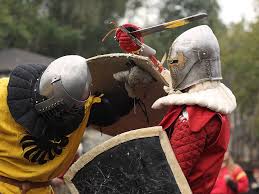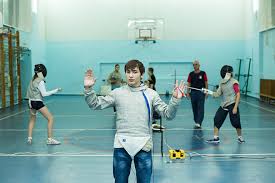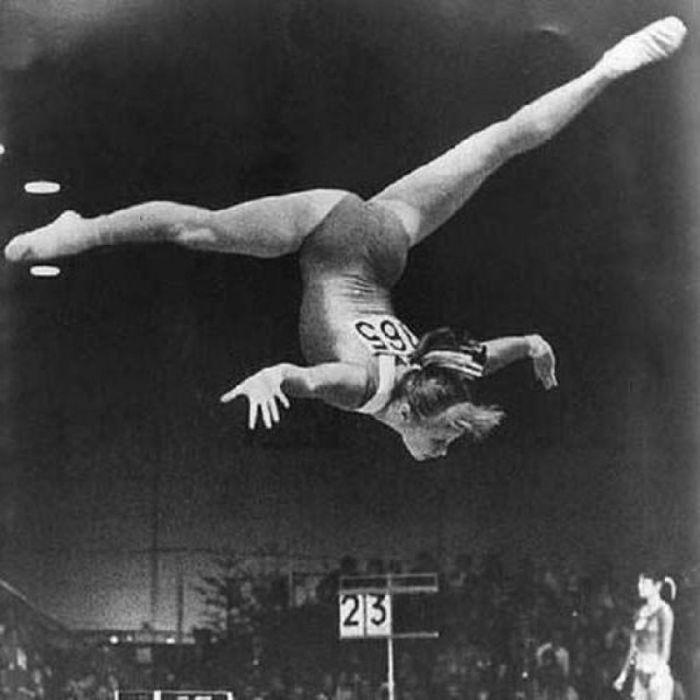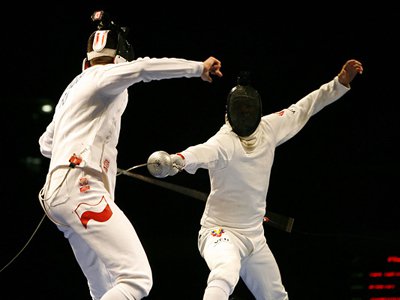Oxygen absorption
FENCING DEVELOPMENT IN THE HISTORY OF ANCIENT PEOPLES
 Materials on the history of ancient peoples make it possible to say that the possession of edged weapons occupied an important place in military training and physical education of that time. The sacred books of ancient India mention the extremely basic principles of possession of edged weapons and indicate 32 types of various weapons. The teachers and distributors of fencing were apparently Indian Brahmins (clergy). Many monuments of ancient Egypt depict figures of warriors with sticks. We must think that fencing on sticks was one of the types of military training.
Materials on the history of ancient peoples make it possible to say that the possession of edged weapons occupied an important place in military training and physical education of that time. The sacred books of ancient India mention the extremely basic principles of possession of edged weapons and indicate 32 types of various weapons. The teachers and distributors of fencing were apparently Indian Brahmins (clergy). Many monuments of ancient Egypt depict figures of warriors with sticks. We must think that fencing on sticks was one of the types of military training.
The weapon consisted of a sword with a hilt, which also served to protect the hand from impact. Continue reading
HYGIENIC REQUIREMENTS FOR PLACES IN THE FENCING
 Indoor facilities for fencing should primarily have sufficient floor space, cubic capacity, good ventilation and lighting. When calculating the cubic capacity, it is necessary to take into account that the pulmonary ventilation of fighters during an individual lesson and free-style fighting increases to 14.5 – 23.0 liters per minute, and the recovery period lasts for trained fencers for about 10 minutes. In Jovičkop, pulmonary ventilation remains elevated for longer. Oxygen absorption, depending on the intensity of the lesson, increases to 480.0–856.0 cm³ in 1 min. Therefore, the cubic capacity of the room per student should be considered not less than 30 m³. Ventilation devices must provide a 3-fold change in air flow, i.e. 80 – 90 m³ of air per person per hour. Continue reading
Indoor facilities for fencing should primarily have sufficient floor space, cubic capacity, good ventilation and lighting. When calculating the cubic capacity, it is necessary to take into account that the pulmonary ventilation of fighters during an individual lesson and free-style fighting increases to 14.5 – 23.0 liters per minute, and the recovery period lasts for trained fencers for about 10 minutes. In Jovičkop, pulmonary ventilation remains elevated for longer. Oxygen absorption, depending on the intensity of the lesson, increases to 480.0–856.0 cm³ in 1 min. Therefore, the cubic capacity of the room per student should be considered not less than 30 m³. Ventilation devices must provide a 3-fold change in air flow, i.e. 80 – 90 m³ of air per person per hour. Continue reading




